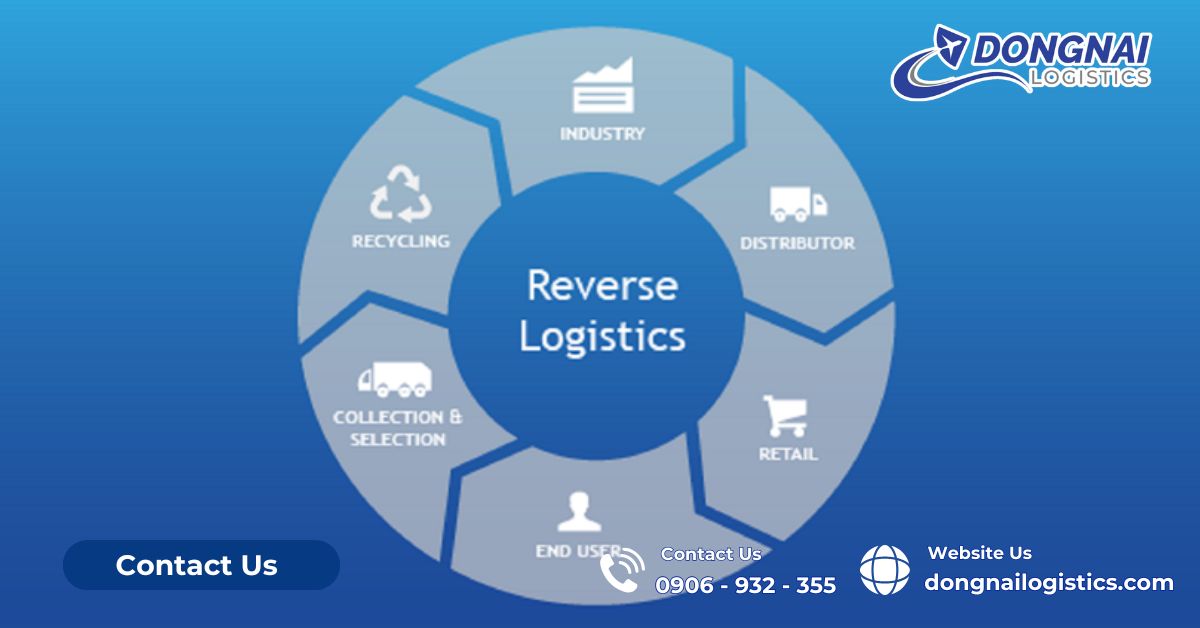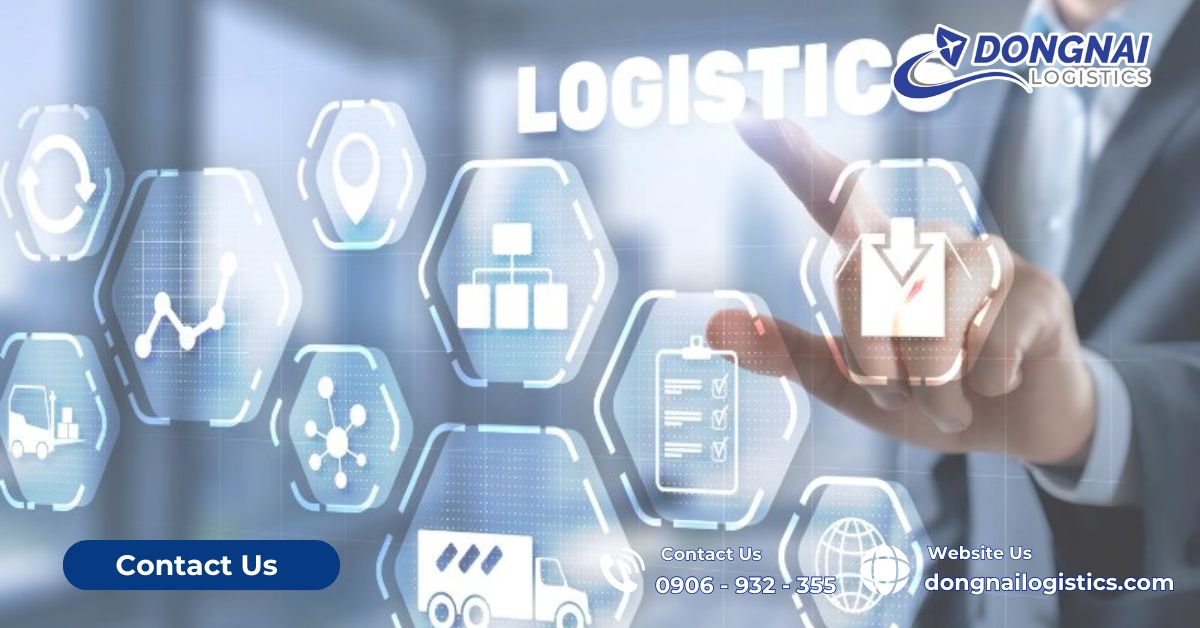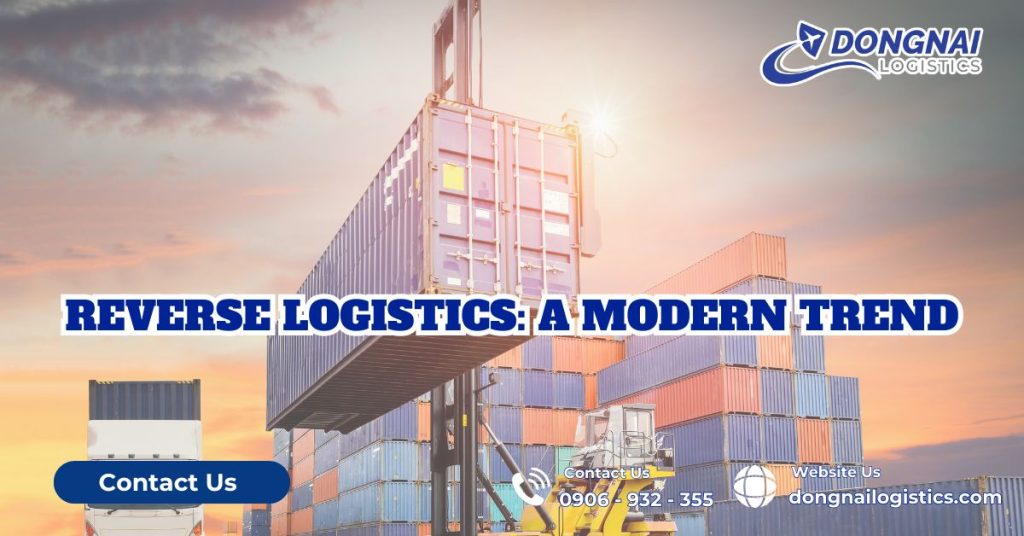REVERSE LOGISTICS IN RETAIL AND E-COMMERCE
Understanding Reverse Logistics
In a traditional supply chain, goods move linearly from manufacturers to distributors and finally to the end consumers. However, with the rapid growth of e-commerce and the increasing demand for product returns, a different logistics model has emerged and is steadily proving its essential role: Reverse Logistics.
Reverse logistics refers to the process of moving goods from the final consumer back to the retailer, manufacturer, or an intermediate processing facility. This process includes product returns, recycling, reuse, inventory management, and disposal of defective items. In retail and e-commerce, reverse logistics has become a critical link that enhances customer experience and optimizes operational costs.

Why is Reverse Logistics Becoming More Important?
The Explosion of E-Commerce
E-commerce is transforming how consumers shop. Online purchases inherently carry more risk as customers cannot physically inspect products before buying. This leads to a significantly higher return rate compared to traditional retail channels. Studies indicate that return rates for online purchases can range between 20% and 30%, varying by product category. Reverse logistics plays a crucial role in efficiently managing this large volume of returns. It reduces financial risks for businesses and improves customer loyalty through convenient return policies.
The Trend Towards Sustainable Consumption
Today’s consumers care deeply about both product quality and environmental impact. They focus on the entire product lifecycle, not just usage. Reverse logistics supports sustainability efforts by facilitating recycling and reuse of goods, helping businesses reduce their environmental footprint and meet growing consumer expectations for eco-friendly practices.
Key Steps in the Reverse Logistics Process
An effective reverse logistics system requires a well-designed, professional, and flexible process. Below are the typical stages involved:
-
Return Request Initiation
Customers initiate return requests via websites, mobile apps, or customer service hotlines. The business’s system must quickly process and validate return eligibility based on clearly defined policies.
-
Return Shipment and Receiving
Logistics providers collect returned items from customers and deliver them back to warehouses or processing centers. Coordination between warehouse management systems (WMS) and logistics teams is vital to ensure accurate tracking and documentation of returned goods.
-
Inspection and Sorting
Upon receipt, returned items undergo inspection to determine their condition, reasons for return, and potential for reuse. Based on inspection results, items are classified as: like-new (resellable), used (requiring refurbishment or recycling), or heavily damaged (subject to disposal).
-
Product Refurbishment or Disposal
Depending on the product type, businesses apply different treatments such as cleaning, repackaging, repairing, recycling, or safe disposal in accordance with regulatory requirements.
-
Refund, Replacement, or Restocking
Finally, customers receive refunds or replacement products. Meanwhile, accounting, customer service, and warehouse operations must work synchronously to ensure smooth and timely closure of the return transaction.

Challenges of Reverse Logistics in Retail and E-Commerce
High Costs
Processing a return is often much more expensive than forward logistics. Companies must invest in two-way transportation, quality inspections, inventory handling, and additional workforce to manage returns effectively.
Complex Inventory Management
Returned products often come in various conditions, complicating inventory tracking, classification, and valuation. This complexity adds pressure on warehouse management teams and impacts working capital turnover.
Brand Reputation Impact
Slow, opaque, or inflexible return processes can erode customer trust and damage brand reputation. Reverse logistics is not just a logistics function but a crucial aspect of customer service and corporate image.
Optimizing Reverse Logistics: Best Practices
To operate reverse logistics efficiently, retail and e-commerce businesses can consider the following solutions:
Process Automation
Leveraging technology such as Warehouse Management Systems (WMS), Order Management Systems (OMS), and Artificial Intelligence (AI) enables faster processing of return requests and precise sorting of returned items.
Specialized Logistics Partners
Many companies outsource reverse logistics to specialized logistics providers who offer centralized warehouses, two-way transportation, and integrated technological platforms designed for return management.
Clear and Transparent Return Policies
Offering simple, clear, and flexible return policies reassures customers and enhances shopping confidence. Strong communication of these policies builds trust and reduces friction in the return process.
Reuse and Recycling Initiatives
Sorting and reusing still-usable products not only saves costs but also contributes to environmental protection. Refurbished items can be used for promotional campaigns, sold at discounted prices, or donated to charity organizations.
Reverse Logistics in Retail and E-Commerce
The rapid expansion of e-commerce has led to a surge in product returns. Reverse logistics has evolved from an optional component to a mandatory operational necessity. Businesses require intelligent and adaptable reverse logistics processes to improve operational efficiency and customer retention. At the same time, reverse logistics contributes to building a sustainable consumption ecosystem by supporting reuse, recycling, and responsible waste management.
Read more:
Vận tải biển: Xương sống của chuỗi cung ứng toàn cầu
Vải Vận Chuyển Từ Đồng Nai Sang Phần Lan Bằng Đường Biển
Vận chuyển hàng hóa từ Đồng Nai đi Phú Quốc
Chuyển phát nhanh từ Quảng Ninh đến Đồng Nai chất lượng, uy tín, giá cạnh tranh

